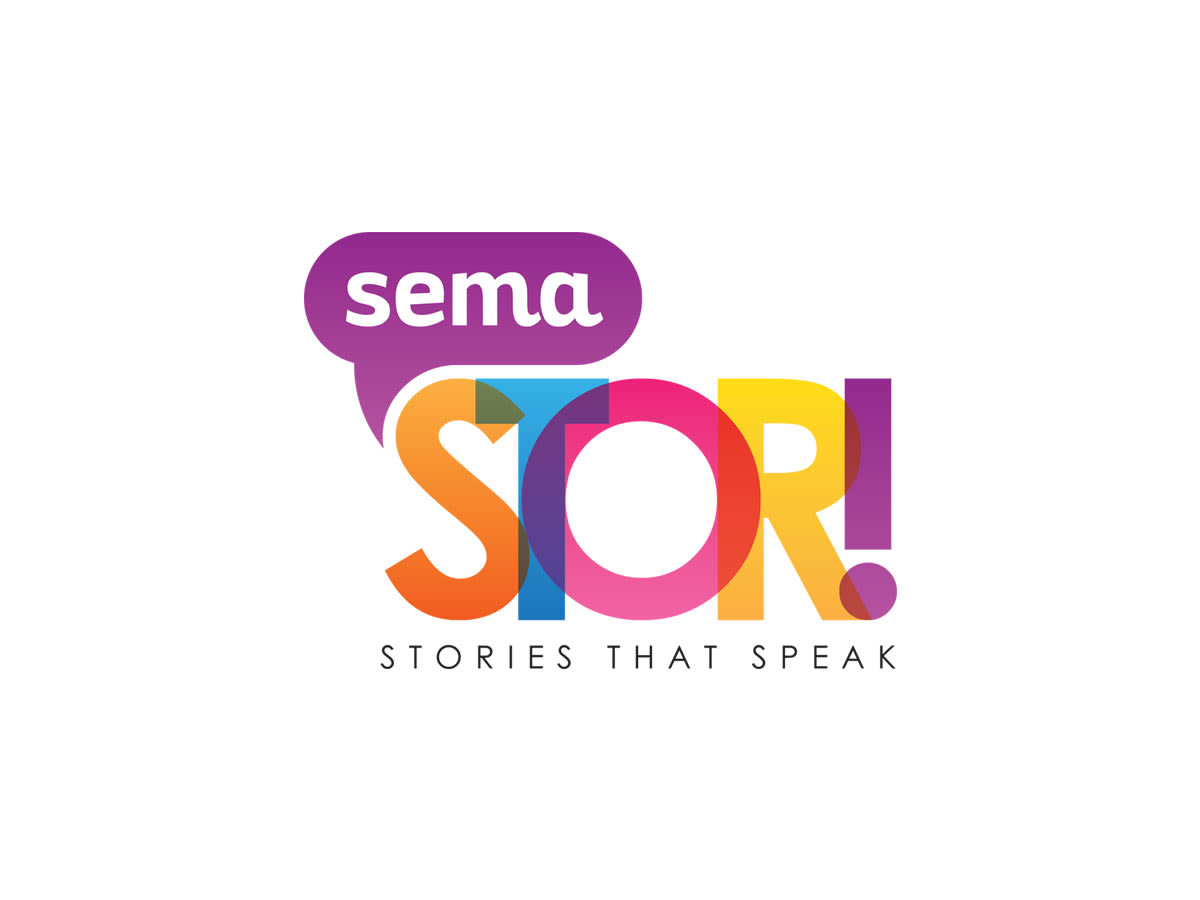Writing funding bids is time consuming. We know it is frustrating when a bid is rejected and no reason is given as to why or how it can be improved. We therefore want to get better at supporting the applicants who apply to us and don’t receive funding. We also believe that being more open about our decision-making will strengthen the organisations who apply to us and can create a platform for more collaborative conversations. For these reasons, we’ve recently been trialling new approaches to giving unsuccessful applicants feedback. This blog will tell you a little about what we have tried and what we have learnt so far.
Sounds good! There’s just one small problem…
Between August 2018 and July 2019, we received 2,241 proposals, but could only make 227 grants. That’s 2,014 applicants we would have liked to offer feedback to.
Like all organisations, we’ve got a limited amount of resources. This means that it isn’t possible for us to provide individualised feedback to every applicant. However, with the above in mind, we have been working hard to figure out the best way to provide useful, timely and appropriate feedback to all those who apply to us.
What we’ve tried
Individual feedback to some unsuccessful applicants
Our research has found that (unsurprisingly!) applicants would most like to receive feedback that is specific to their application. We’ve trialled a few different approaches to identify manageable numbers of applicants to give individual feedback. It’s important when doing this that our approach is as fair to all applicants as possible, but it is very dependent on the number of applications received for each funding call.
For some of our recent programmes, we gave feedback to applicants on a longlist of the strongest stage one applications not taken through to stage two. For other programmes, we offered feedback to all applicants unsuccessful at stage two, an approach we’re now replicating for upcoming programmes.
General feedback to all unsuccessful applicants
We’ve been piloting feedback that is more detailed about the trends and patterns we see across unsuccessful applications. By this we mean sharing common reasons why applicants were shortlisted or rejected, without providing specific feedback on an organisation’s proposal. We’re currently doing this by stating in rejection letters the ‘Top 4 things successful applicants did well’ and the ‘Top 4 things unsuccessful applicants could do to improve’.
What we’ve learnt
We’re asking all those we give feedback to tell us what they think of it and how useful it is to their organisation. We want feedback on our feedback! As above, individual feedback is preferred but general feedback has largely been well received too. We have also received more specific comments on the types of information we’re sharing, which has been really helpful. For example, we have received feedback that we could publish a list of who receives funding for specific funding calls.
Here at Comic Relief, we’ve found that giving good feedback takes time and careful thought. We want the feedback we give to be both accurate and constructive – this isn’t always easy when dealing with large numbers of applications. We’re still working out the best approach, but having tried a few different ways, one conclusion we have reached is that the level of detail provided in individual feedback is better suited for stage two applicants, where it can be more fairly offered to everyone.
Moving forward
We plan to continue trialling new approaches to giving individual and general feedback, so that it can be as useful as possible. We are thinking about how we might be able to use different mediums, which could be less time consuming, and hope to trial some of these in the coming months. We are also committed to sharing more learning and feedback in blogs like this one.
Lastly, we would love to hear any comments or ideas you have about feedback. Please send these over to grantsinfo@comicrelief.com(opens in new window).


